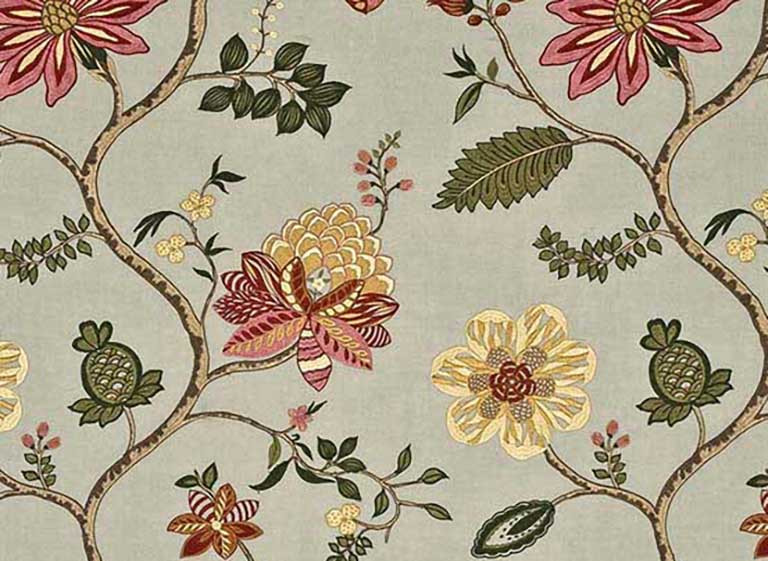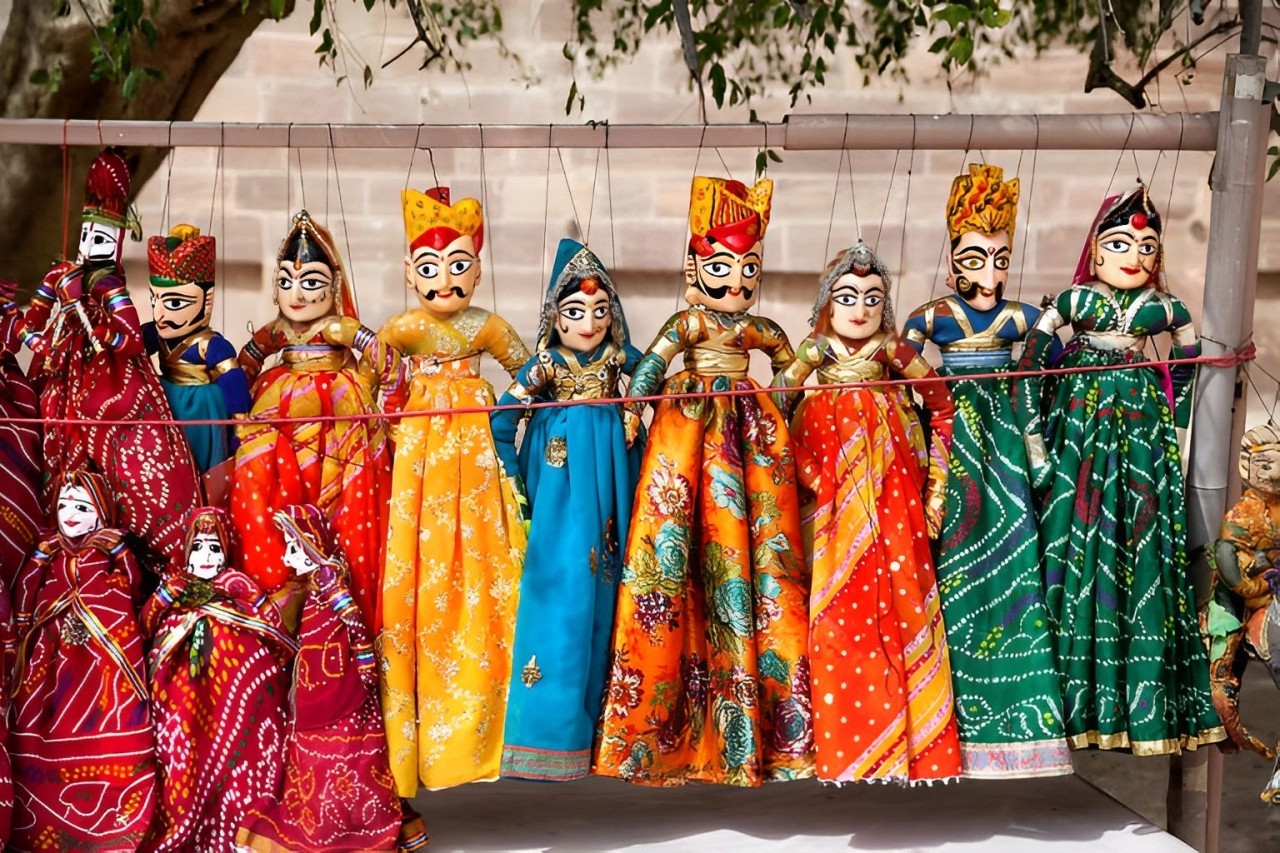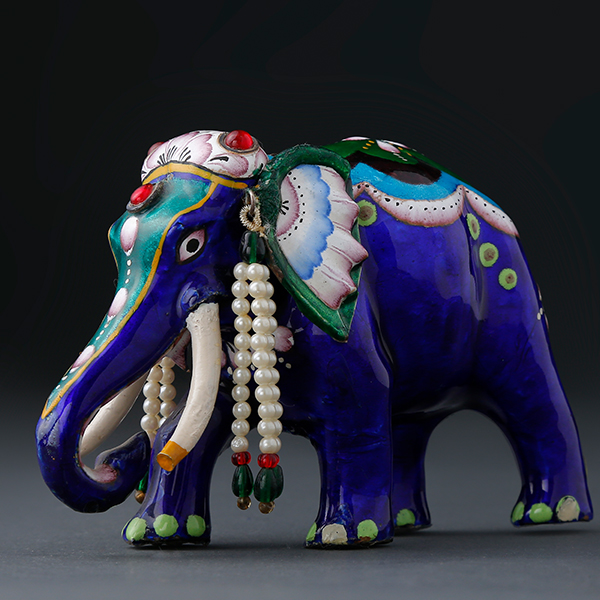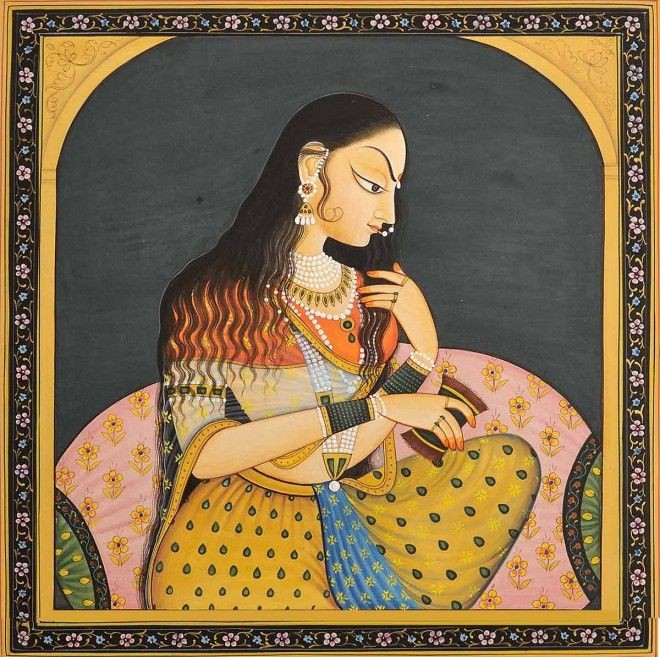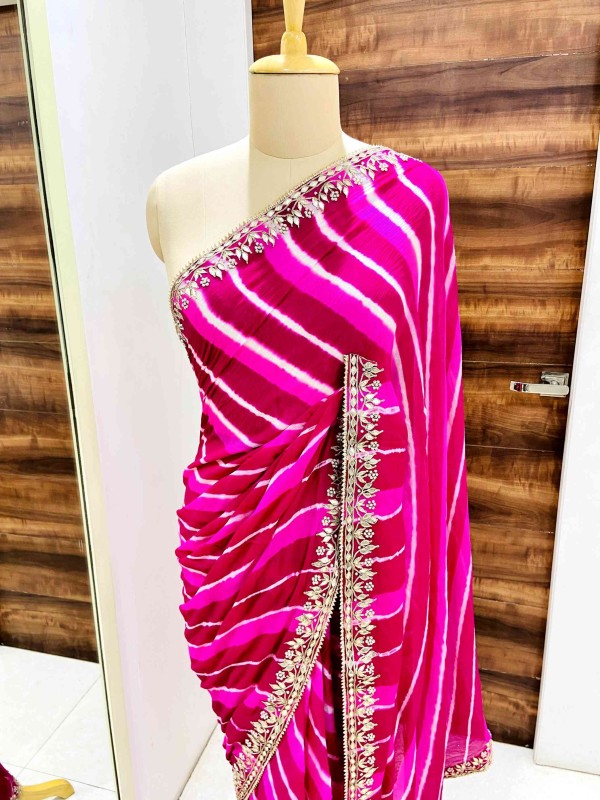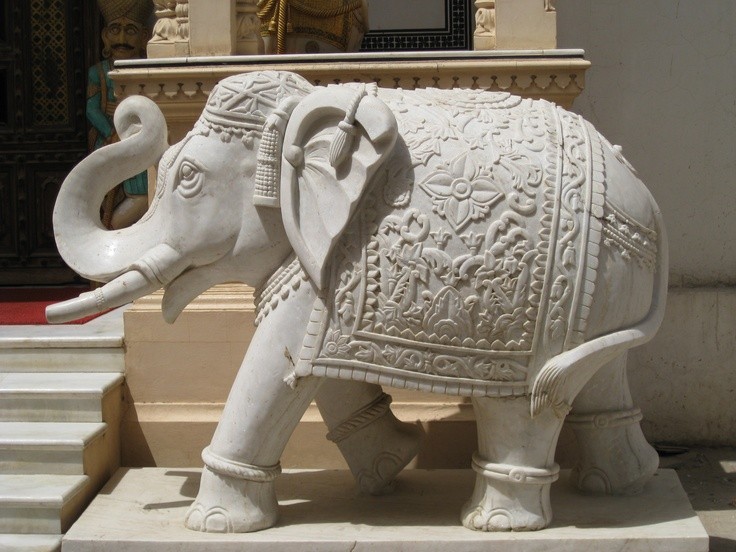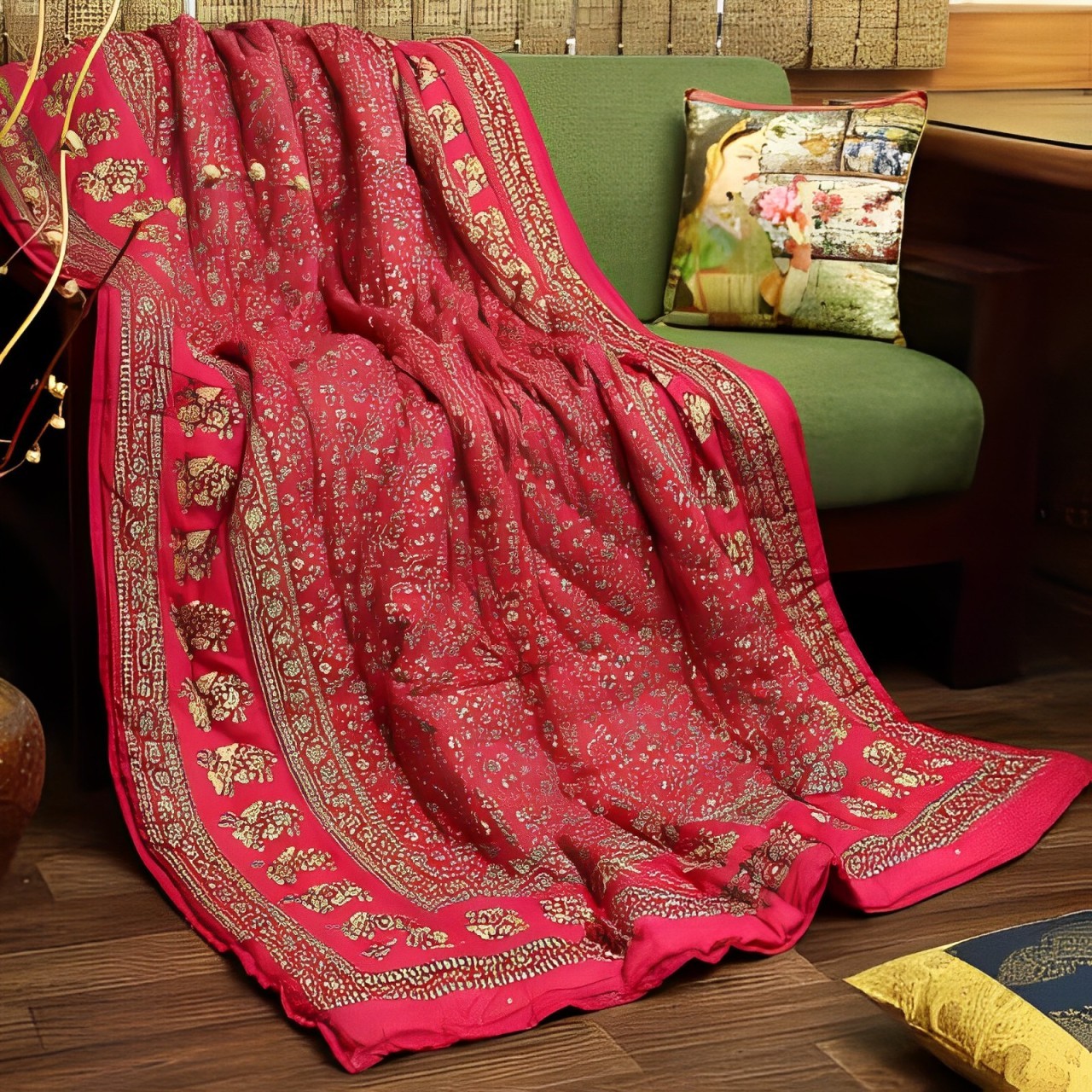Jaipuri Jutti
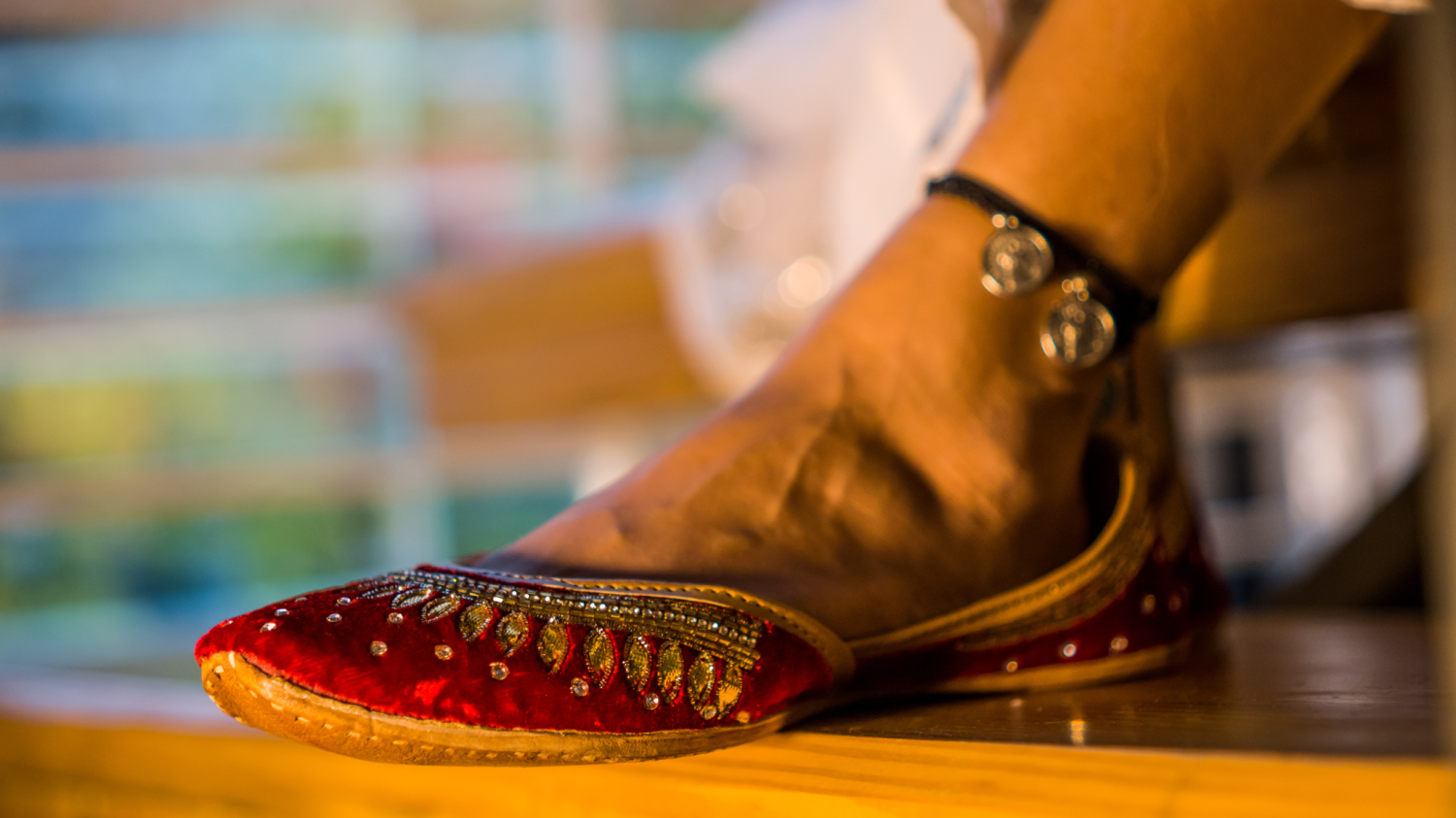
The juti or
jutti is a style of handcrafted traditional footwear common in North India,
Pakistan, and neighbouring regions. They are traditionally made up of leather
and with extensive embroidery, in real gold and silver thread as inspired by
royalty in the subcontinent over 400 years ago. Prior to that, Rajputs of the
northwest used to wear leather juttis, also called ethnic shoes. Now with
changing times, different juttis with rubber soles are made available.
The
History:
Jutti originated under the Mughal Empire, where they were
decorated with colours, gems, and other ornaments. They are said to have been
popularized under the Mughal King Saleem Shah and are often referred to as
“Saleem Shahis” as a result. Although leather shoes have been worn for over
5,000 years by various civilizations, they should not be confused with jutti,
because jutti are unique in their ornamental style, shape, and appearance.
Later, these ethnic shoes were worn by wealthy zamindaars,
nawaabs, Maharajas and Maharanis of India with the design & styles inspired
from the Mughal era. All these traditional shoes were handmade by skilled artisans
in remote corners of India. After the rule of Kings was gone, jutti remained
popular in North India, especially Rajasthan & Punjab and most of the
skilled artisans settled in these parts, from where they passed on the art to
the next generation, with each generation contributing some variation to it.
Even with changing times, juttis have remained part of ceremonial attire,
especially at weddings. The unembellished juttis are used in everyday routine
by both men and women in most of Rajasthan & Punjab along with traditional
dresses like Sherwani or Kurta Paijama or Salwaar Kameez where they form the
quintessential accessory.
As jutti have evolved through the centuries and are being
produced by individual artisans, products vary in designs and colours. They
encapsulate cultural diversity, local ethos and ethnicity within each pair of
footwear. By large, they have no left or right distinction, and over time take
the shape of the foot. They usually have flat sole, and are similar in design
for both women and men. In some jutti for men, they have a sharp extended tip
“nokh” curved upwards like traditional mustaches (also called Khussa), while in
some juttis for women, there is no back part near the ankle.
Beauty, vibrant colour and utility are combined in these
juttis of India. Rich golden threads and colourful beads are used to craft
exquisite motifs in order to impart a royal touch on these juttis made of
different shades of leather. Juttis are slip-on in style and are characterized
by rising high to the Achilles' tendon in the back and covering the toes with a
round or M-shaped heavily-embroidered upper shoe and leaving the top of the
foot nearly bare. Apart from Jaipur & Jodhpur in Rajasthan, Amritsar &
Patiala in Punjab are important trade centres for handcrafted traditional
juttis, from where they are exported all over the world.
Tools and Raw Materials:
The following are the tools and raw materials required for
the jutti making of Jaipur:
- Scissors - It is used to cut the
required materials.
- Pliers - It is used to align the
material along the sole part of the chappals.
- Adhesive - It is used to stick two
surfaces together.
- Hand Press Machine - It is
specially used to make the specific sizes of the rubber soles as per the
need.
- Mould of the Foot Size - Generally
wood moulds are preferred for jutti making.
- Needle - Long size needles are
preferred for stitching the sole and the strap part of the jutti.
- Cotton Thread - It is used
to stitch the goat/ buffalo leather jutti.
- Sponge - It is used to apply the
adhesive evenly on the surface of leather/rubber.
- Rubber for Sole - Nowadays
rubber is generally preferred as the sole material of jutti.
- Steel Scale - It is used
to measure the length and width of the designs on the jutti.
- Leather - Generally the
traditional leathers are made from the skin of goat, buffalo and in some
cases with camel leather.
- Resin leather - It is
preferred nowadays as it is cost reducing.
- Rapi (cutter) - It is used
to remove the extras from the leather.
- Gulsam - It is a tool used to
obtain the circular/ round shape.
- Katarni - It is a tool used to
hole the sole and strap that makes it easy for stitching them together.
- Muasle - It is used to impact on
the strap and sole together.
Making Process:
The jutti making it consists of following parts that is:
- Sole part
- Strap part
- Combining of the sole and the strap part
Strap Making:
- Strap parts generally consist of the embroidery and the leather
portions.
- Embroidery for Jutti’s is either hand or machine embroidered as per
the patterns.
- Embroidery cut pieces are pasted on the leather or the resin
leather.
- Remaining leather pieces re cut out leaving only the strap size.
Sole Making:
- As per the size of the foot sole the leather is cut and pasted pair
wise on the resin leather with smooth finish.
- Rubber material of the sole size is cut on the Hand press machine
with the stencil presto the required sizes.
- Rubber and leather parts are applied with adhesive, semi dried and
fixed together by impacting with muasle tool in one of the processes.
- In another method, they are cut of the same size and kept ready for
the next process.
Combining of the Sole and the Strap Part:
- After the strap and the part are completely dried, the strap is
inserted to the horizontal or vertical small holes with the help of the
wooden mould kept as reference of the sizes.
- As the sole and the strap are firmly fixed, the rubber sole is
pasted to the bottom and impact with muasle tool (locally called).
- In another method, the sole and strap are stitched together with
the long needle and cotton thread and as per the sole colour the polish is
applied.
- Plain or coloured piping’s are pasted or stitched on to the edges
to beautify the jutti outlook.
- Every stage is hammered so that the layers of the sole are held
together.
- Craftsmen make more jutti’s of the women and men sizes.


